Blueberry Bannock Scone
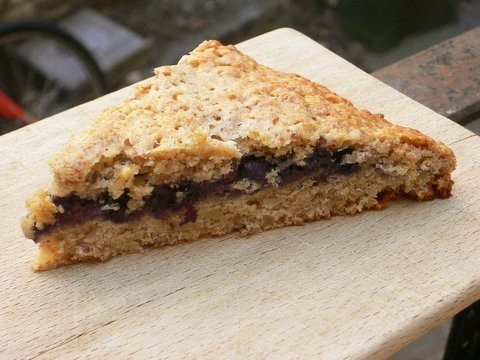 Blueberry Bannock Scone
Blueberry Bannock Scone
1 1/4 cups all-purpose flour, plus more for dusting
1/2 cup finely chopped pecans
1/2 cup wheat germ
1 T. baking powder
1/2 tsp. salt
1/2 tsp. cinnamon
5 T. sugar
5 1/3 (1/3 cup) T. unsalted butter, chilled
1/2 cup buttermilk
2 large eggs
1 cup blueberries
1 tsp. water
Preheat the oven to 400 degrees. Lightly sprinkle a 14-x-16-inch baking sheet with flour, or line with a Silpat, and set aside. In a large bowl, combine the flour, pecans, wheat germ, baking powder, salt, cinnamon and 2 T. of sugar. Cut the butter into the flour mixture with a pastry blender or fork until it has the consistency of small crumbs. In a small bowl, combine the buttermilk and one egg. Add to the flour mixture and stir until just moistened. The dough will be quite wet and sticky; work it as little as possible.
Divide the dough in half and shape one piece into a 9-inch circle on the prepared baking sheet. Spread the blueberries evenly over the circle and sprinkle with 1-2 T. of sugar. On a lightly floured piece of parchment paper, form a 9-inch circle with the remaining dough and gently slide it on top of the berries. With the backside of a knife, score the top in 8 wedges. Beat the remaining egg with the water and lightly brush the egg wash over the top of the scone. Sprinkle with the remaining T. of sugar. Bake until the scone is golden brown, 20 to 30 minutes. Remove from the oven and place on a cooling rack. When cool, cut into wedges and serve.
 Bacon, Onion and Beer Jam
Bacon, Onion and Beer Jam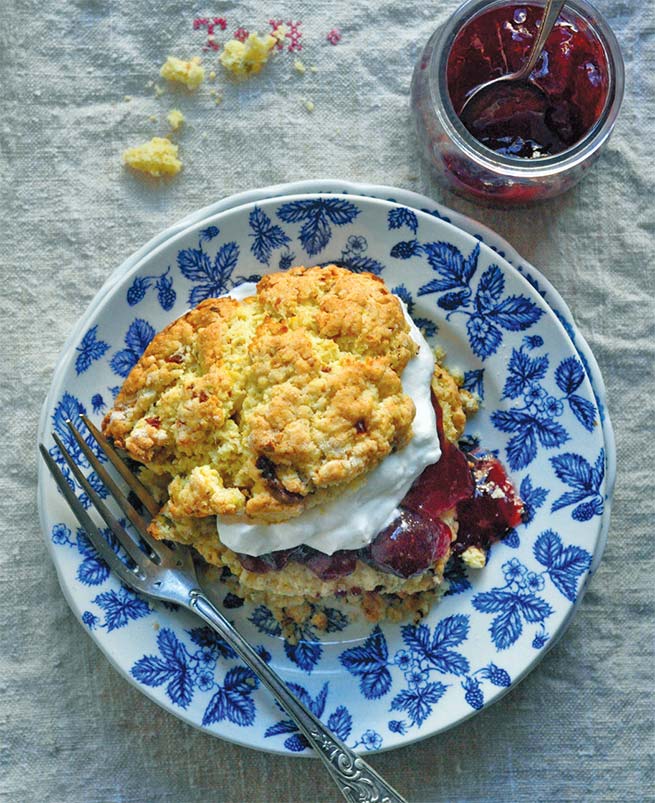 Orange Pistachio Cranberry Scones
Orange Pistachio Cranberry Scones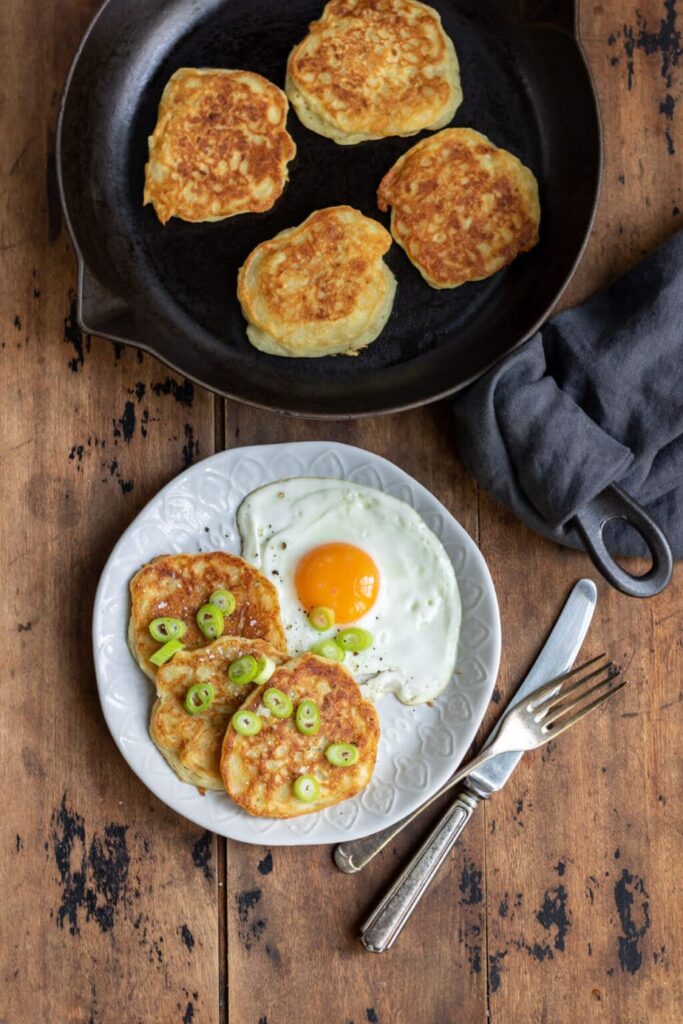 Boxty
Boxty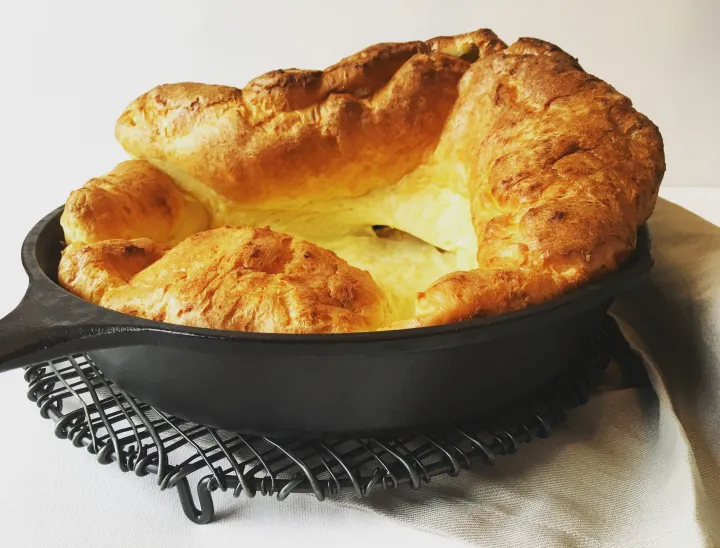 Cast Iron Yorkshire Pudding
Cast Iron Yorkshire Pudding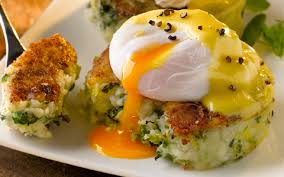
 Gentleman’s Relish
Gentleman’s Relish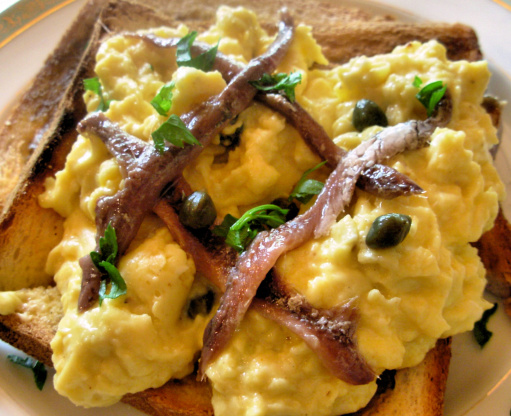

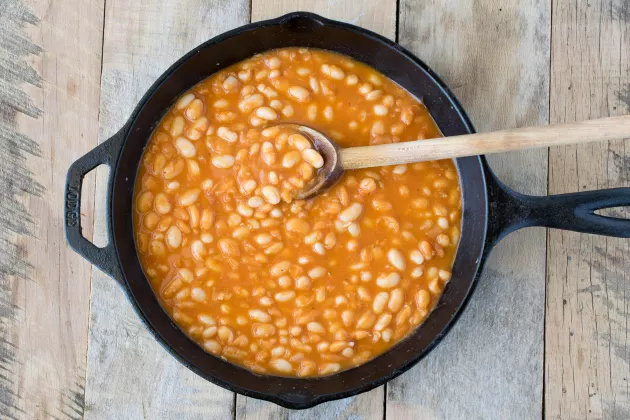
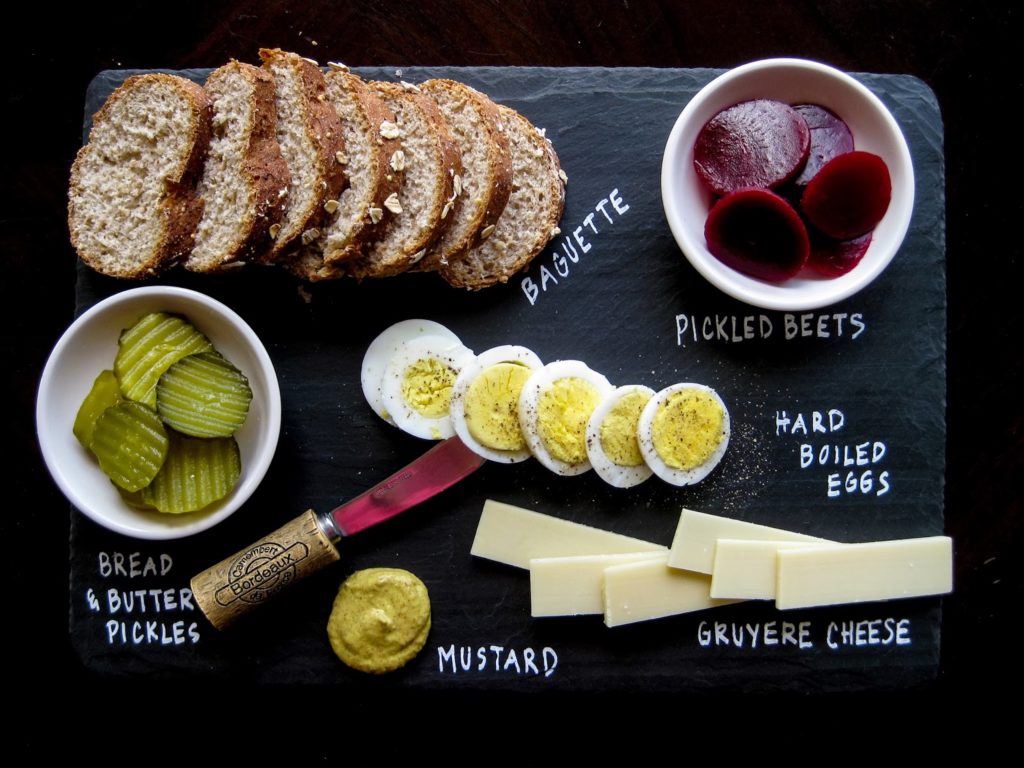
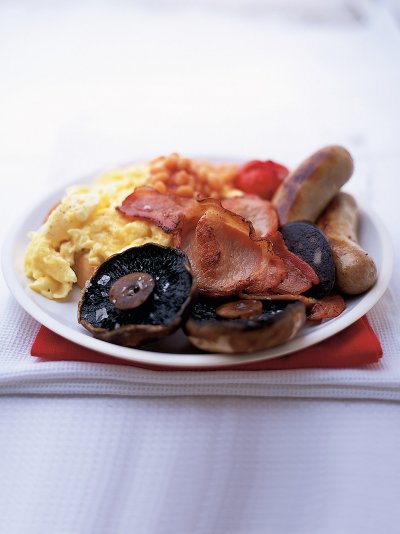
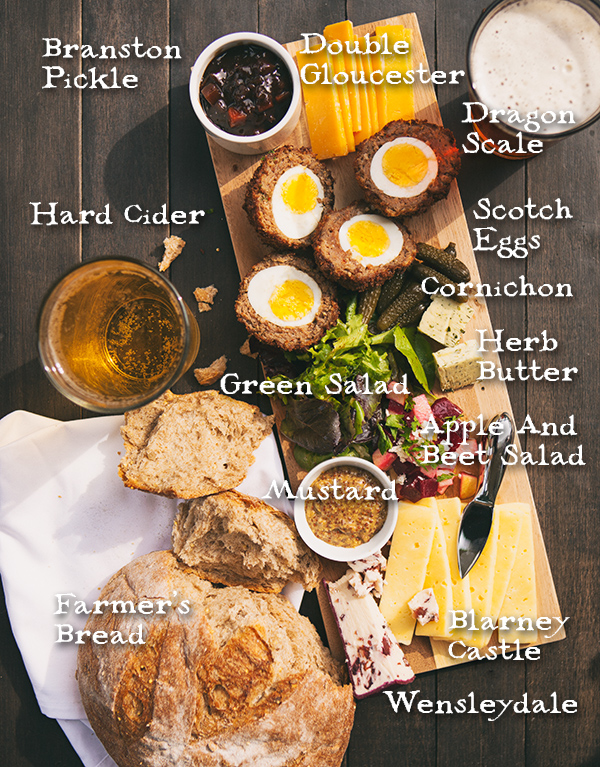
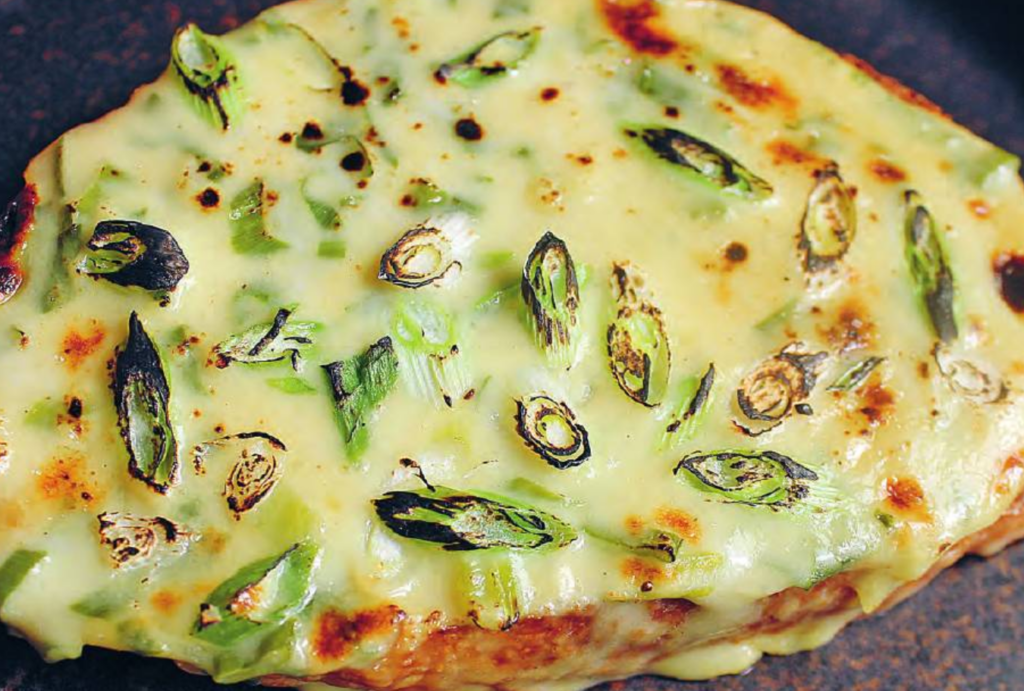 Welsh Rarebit with Wild Onions
Welsh Rarebit with Wild Onions Rose Petal Scones
Rose Petal Scones Gourmand’s Working Lunch
Gourmand’s Working Lunch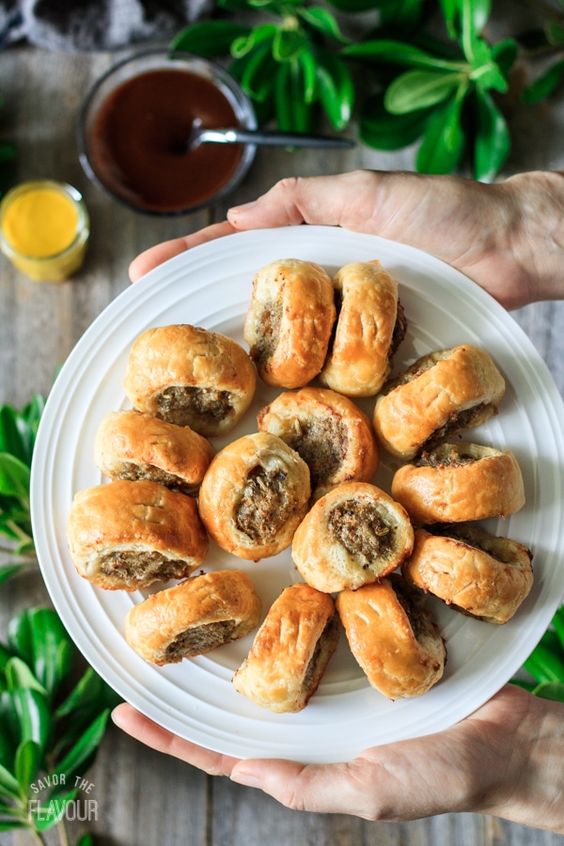
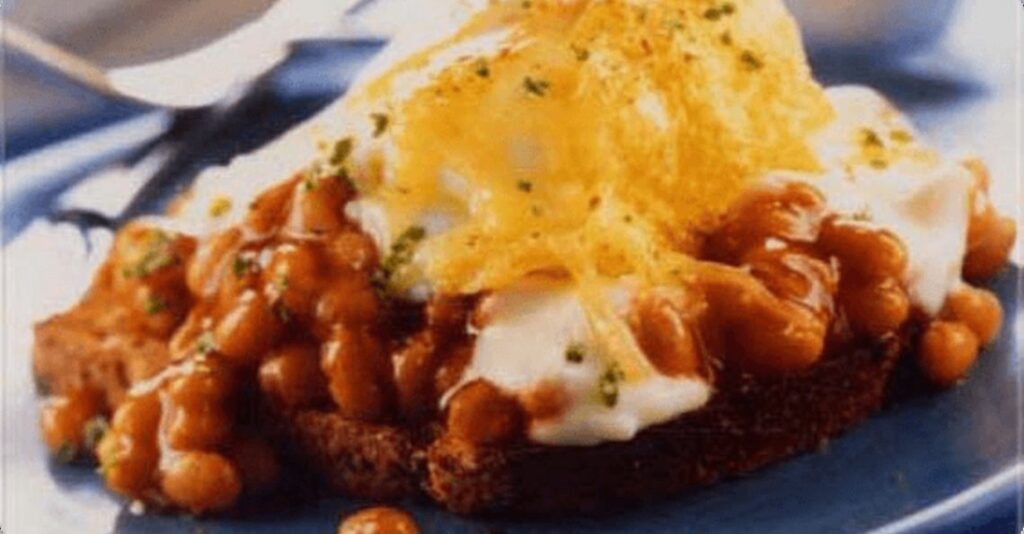 2 large eggs
2 large eggs
 Rhubarb Scones
Rhubarb Scones